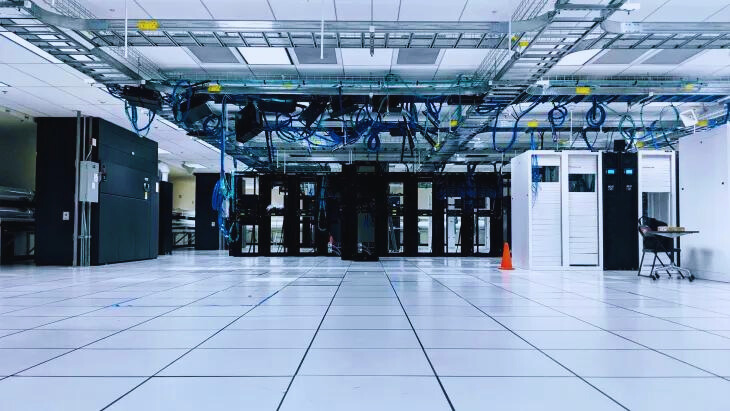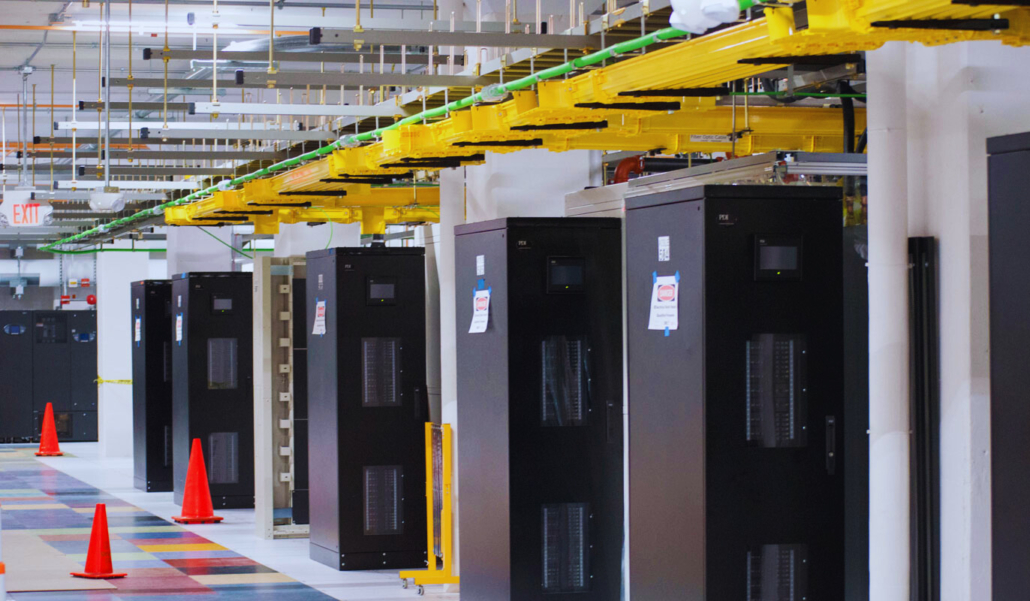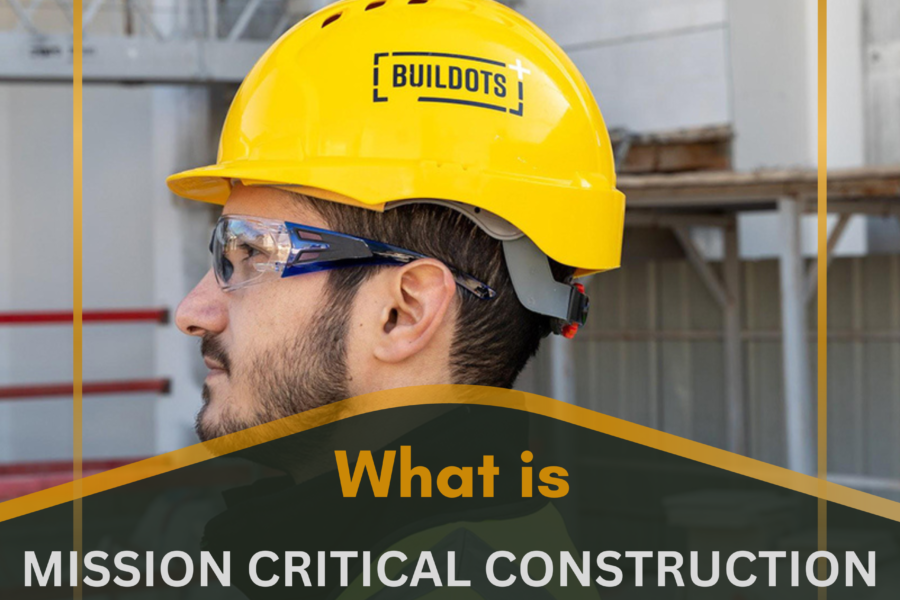Exploring Mission Critical Construction: A Vital Component of Modern Infrastructure
What is Mission Critical Construction: In today’s fast-paced world, the term “mission-critical construction” has become increasingly significant. From data centers to hospitals and beyond, mission-critical construction plays a pivotal role in ensuring that essential facilities remain operational under all circumstances. This article delves into the world of mission-critical construction, its importance, challenges, and how it shapes our modern infrastructure.
Table of Contents
1. Understanding the Essence of Mission-Critical Construction
Mission-critical construction refers to the specialized process of designing and constructing facilities that are essential for the continuous operation of various services. These services can range from data storage and processing to emergency healthcare and communication networks. The primary objective of mission-critical construction is to create environments that are resilient and can withstand unforeseen events.
1. The Key Features of Mission-Critical Facilities
Mission-critical facilities are characterized by several key features that set them apart from conventional construction projects:
- Redundancy and Reliability: These facilities are designed with redundant systems to ensure uninterrupted operations. Redundancy is a cornerstone of mission-critical construction.
- High Security: Security measures are paramount to protect sensitive data and operations within these facilities.
- Advanced Technology: State-of-the-art technology is integrated into the design to support critical functions.
- Environmental Controls: Precision climate and environmental controls are essential to maintain optimal conditions.

2. The Importance of Mission-Critical Construction
1. Ensuring Data Continuity
In the digital age, data is the lifeblood of businesses and organizations. Mission-critical construction ensures that data centers remain operational even in the face of power outages, natural disasters, or technical failures. This continuity is crucial for businesses to maintain their operations and serve their customers without disruption.
2. Lifesaving Healthcare Infrastructure
Hospitals and healthcare facilities fall under the category of mission-critical construction. These facilities must function seamlessly during emergencies. Mission-critical construction ensures that backup power, advanced medical equipment, and essential services are always available.
3. Communication Networks
Mission-critical construction extends to telecommunication infrastructure. In times of crisis, communication networks must remain operational to coordinate responses and provide vital information. This construction ensures that these networks are robust and dependable.

3. Challenges in Mission-Critical Construction
1. Cost and Complexity
Building mission-critical facilities can be expensive due to the need for redundancy, advanced technology, and security measures. Moreover, the complexity of designing such facilities requires specialized expertise.
2. Energy Efficiency
While redundancy is vital, it can lead to increased energy consumption. Balancing energy efficiency with the need for redundancy is a challenge in mission-critical construction.

4. Conclusion
Mission-critical construction is the backbone of modern infrastructure. It ensures that essential services, data, healthcare, and communication networks remain functional even in adverse conditions. As our reliance on technology and critical services grows, so does the significance of mission-critical construction. By addressing challenges and continuously innovating, we can build a more resilient and dependable future.
5. FAQs
1. What are mission-critical facilities?
Mission-critical facilities are specialized constructions designed to ensure the continuous operation of essential services, such as data centers, hospitals, and communication networks.
2. Why is redundancy crucial in mission-critical construction?
Redundancy is vital in mission-critical construction to provide backup systems that can take over in case of failures, ensuring uninterrupted operations.
3. How does mission-critical construction impact energy efficiency?
Mission-critical construction can challenge energy efficiency due to the need for redundancy and advanced technology. Balancing both aspects is a significant challenge.
4. What are the key components of a mission-critical construction project?
Key components include redundancy, high security, advanced technology, and precise environmental controls.
5. How does mission-critical construction contribute to society?
Mission-critical construction contributes by ensuring the continuity of essential services, ultimately safeguarding businesses, healthcare, and communication networks.




